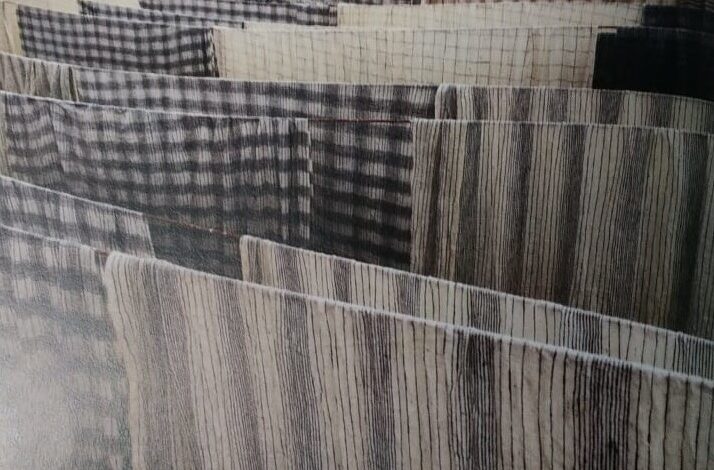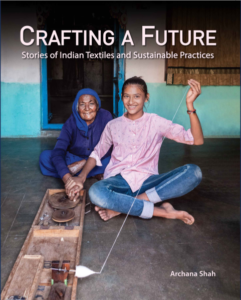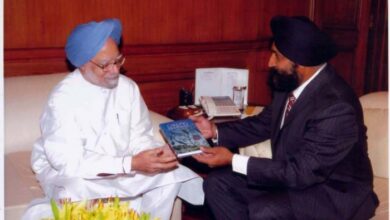Weaving tales of Indian textiles

BOOK REVIEW
When we drape an expensive saree with intricate thread work, we seldom thank the weaver for making the occasion special. We barely remember how painstakingly the weavers create the dream in 12 yards from the scratch.
Author Archana Shah’s new book, Crafting A Future: Stories of Indian Textiles and Sustainable Practices, is not only a tribute to all these weavers but also an insight into the Indian textiles sector.
Not many know that there is a ‘peaceful’ method of making silk and this is practised in the North East. Several villages in Ri Bhoi district of Meghalaya who make silk without killing the silkworm. The ‘ahimsa silk’, which is locally called ryndia, has already got international recognition.
The ahimsa silk is also produced in some villages of Assam and there are local entrepreneurs who are not only keeping the traditional weaving alive but are also helping rural women to earn their living. One inspiring example is of Normohan Das from Kamrup district of Assam.
Das has employed rural women to make traditional fabric with eri, tassar, pat and muga. He says he does not want to enlarge his unit because “he believes that a modest scale is crucial for a healthy, personal rapport with his team” and a “large setup would demand a different kind of management, which might not be suitable for handicrafted production”.
 Shah visited the villages of weavers in the northeastern states of Assam and Meghalaya to find out about the process of crafting beautiful textiles and the pain and patience that are required to do so.
Shah visited the villages of weavers in the northeastern states of Assam and Meghalaya to find out about the process of crafting beautiful textiles and the pain and patience that are required to do so.
Explaining the intricacy of patterns and dedication of the weavers, Shah quotes Normohan, “He told me that ‘anyone can create patterns, and today, jacquard looms can replicate any design, but to weave on a delicate handspun warp requires great skill.”
Shah’s stories of weaving are not only about the artisans and the different methods used to make fabric varieties but the social fabric, the economy around weaving and the domestic textile sector’s woes.
“Until a decade ago, the silk weaving industry provided a livelihood for about 700,000 people in Benares. This has now been reduced to less than 250,000 people, whose main concern now is their vastly reduced incomes… A majority of the weavers are Muslims, but the zari and yarn suppliers are Hindus. Traders and consumers of the benarasi sarees too are predominantly Hindus,” writes the author about the famous fabric of Varanasi.
Shah’s vivid descriptions help readers understand a fabric and the market for it holistically. The author also gives anecdotes about legal wars over fabric patents and the journey of some weavers towards modernity and technology. These stories make the subject interesting even for one who has little or no knowledge of fabric and weaving.
“In the past, the dyer relied on her experience and measured quantities by andaaz (approximate measure) so it was difficult to reproduce exactly the same shade… The German NGO, GIZ, in collaboration with NESFAS, introduced them to simple tools such as a basic weighing scale and thermometer to check the water temperature,” Shah writes about the ryndia weavers of Ri Bhoi.
Shah has been collaborating with artisans around the globe for the last 40 years to create textiles for the urban consumers.
Her expertise in the subject and keen interest in the history of each fabric are reflected in the book that can be a great source of knowledge not only for students of textile designing and textile engineering but also for every consumer that uses the fabrics in daily life. The author’s proficient weaving of the tales, the collection of photographs, and description of the warp and weft and the lives of thousands involved in the profession make the book an interesting read.
Book: Crafting A Future: Stories of Indian Textiles and Sustainable Practices; Author: Archana Shah; Publisher: Niyogi Books; Pages: 275; Price: Rs 1495




